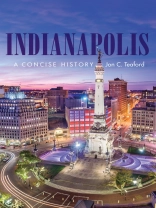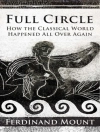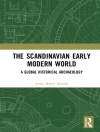As its name denotes, Indianapolis is without question Indiana’s city. Known as the Crossroads of America, Indianapolis and the surrounding communities have and continue to play an important role in politics, logistics, and commerce for both the state and the country.
Indianapolis: A Concise History looks at the development of the city from a frontier village to a major railroad city in the late nineteenth century and through its continued growth in the twentieth century. Author and historian Jon C. Teaford reveals the origins of the Indianapolis Speedway, the rise and fall of the Ku Klux Klan, the persistent racial tension in the city, and the revitalization efforts under Mayor William Hudnut and his successors.
Since 1824 Indianapolis has been the state’s largest city, its political center, and the home of Indiana’s state government, and it continues to be a center for urban growth.
Mục lục
Introduction
1. A State Capital Is Born, 1820-1850
2. Indianapolis Takes Off, 1850-1900
3. Reaching Maturity, 1900-1945
4. Expansion and Renewal, 1945-2000
5. The Twenty-First Century Metropolis, 2000-2022
Notes
Giới thiệu về tác giả
Jon C. Teaford is the author of a number of previous books on American urban history, including City and Suburb: The Political Fragmentation of Metropolitan America, 1850–1970 and The Rough Road to Renaissance: Urban Revitalization in America, 1940–1985. He is Professor Emeritus of History at Purdue University.












